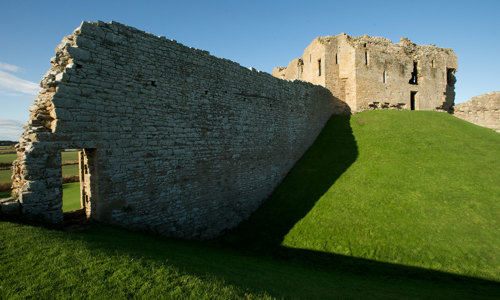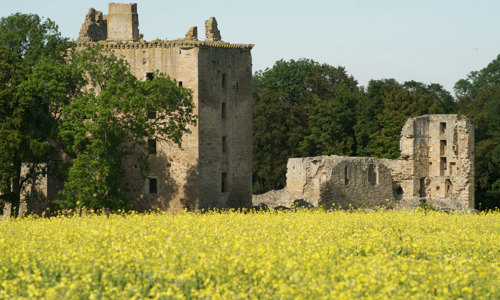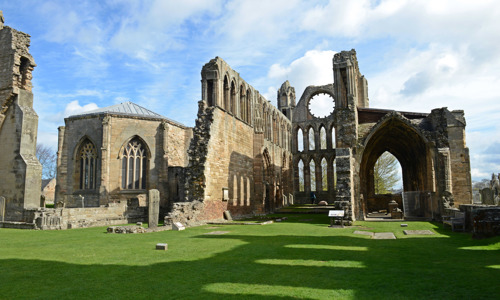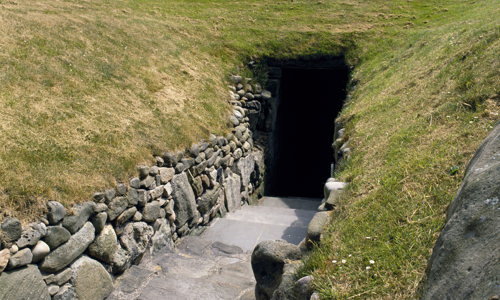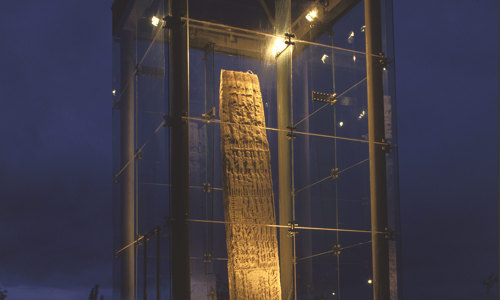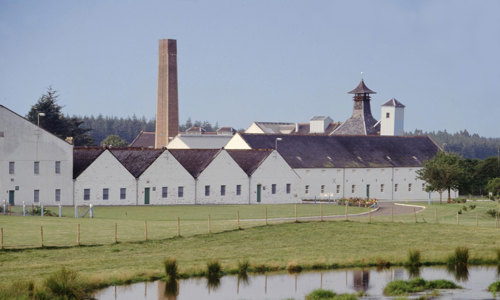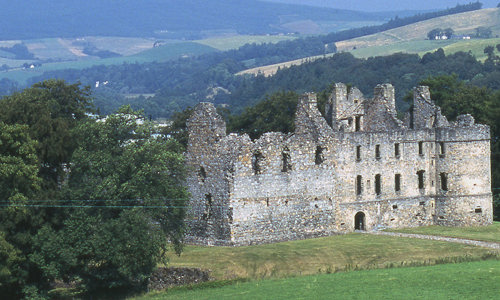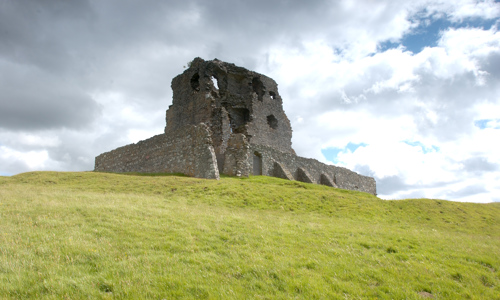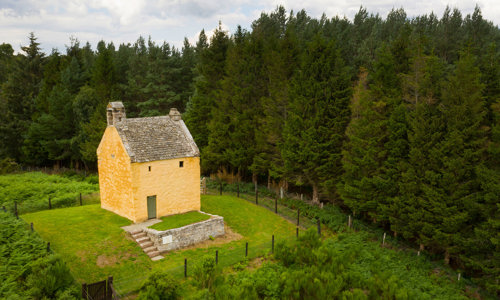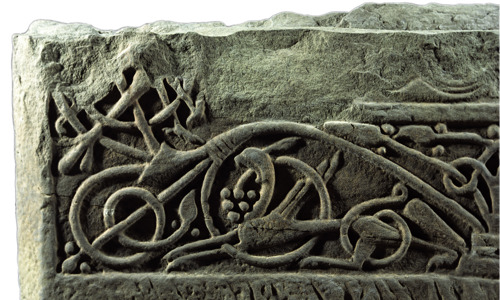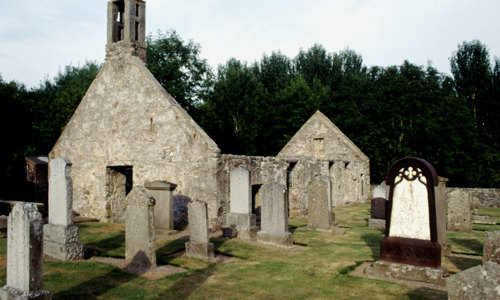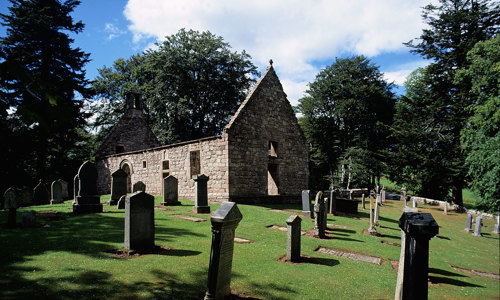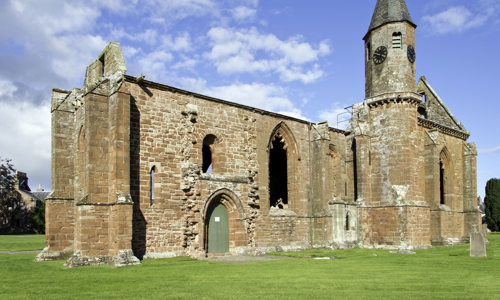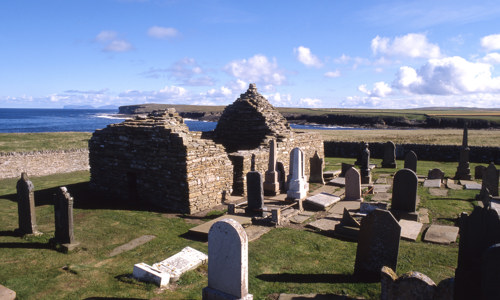History
There has been a church here since at least 1190. That year the Register of Moray records a charter between Richard, bishop of Moray (1187-1203) to William, lord of Duffus mentioning the “Church of the Blessed Peter, at Duffus”.
It was badly damaged during the Wars of Independence between Scotland and England in the 1300s. Duffus Castle, held by the pro-English Reginald le Cheyne, also suffered.
Edward I of England donated 20 oak trees to St Peter’s rector to assist with repairs. The church was also extensively rebuilt in 1782 to make it fit for Presbyterian worship.
Fine features
Perhaps the finest medieval feature of St Peter’s Kirk is the cross in the graveyard. It dates to the 1300s and stands more than 4m high on its stepped base.
It is one of the few medieval mercat crosses surviving in Scotland, and it seems to be standing on its original site. An enriched band encircles the shaft near the top, but its cross head today is very weathered.
The church itself was extensively remodelled in 1789, but it probably contains much more medieval masonry than first appears to be the case. The rebuild seems to have followed the dimensions and layout of the original church, and probably incorporates its lower walls.
The porch and the tower are the most obvious medieval features. The stone-vaulted porch has a pointed outer door and a row of rosettes in its hollow moulding. The keystone of its vault displays the arms and initials of Alexander Sutherland, rector in 1524.
The stump of the tower has pointed lancet windows with broad chamfers, or bevels. Similar windows at Duffus Castle date to the early 1300s.
Inside the church is a holy water stoup, used for the ritual cleansing of hands before mass.


